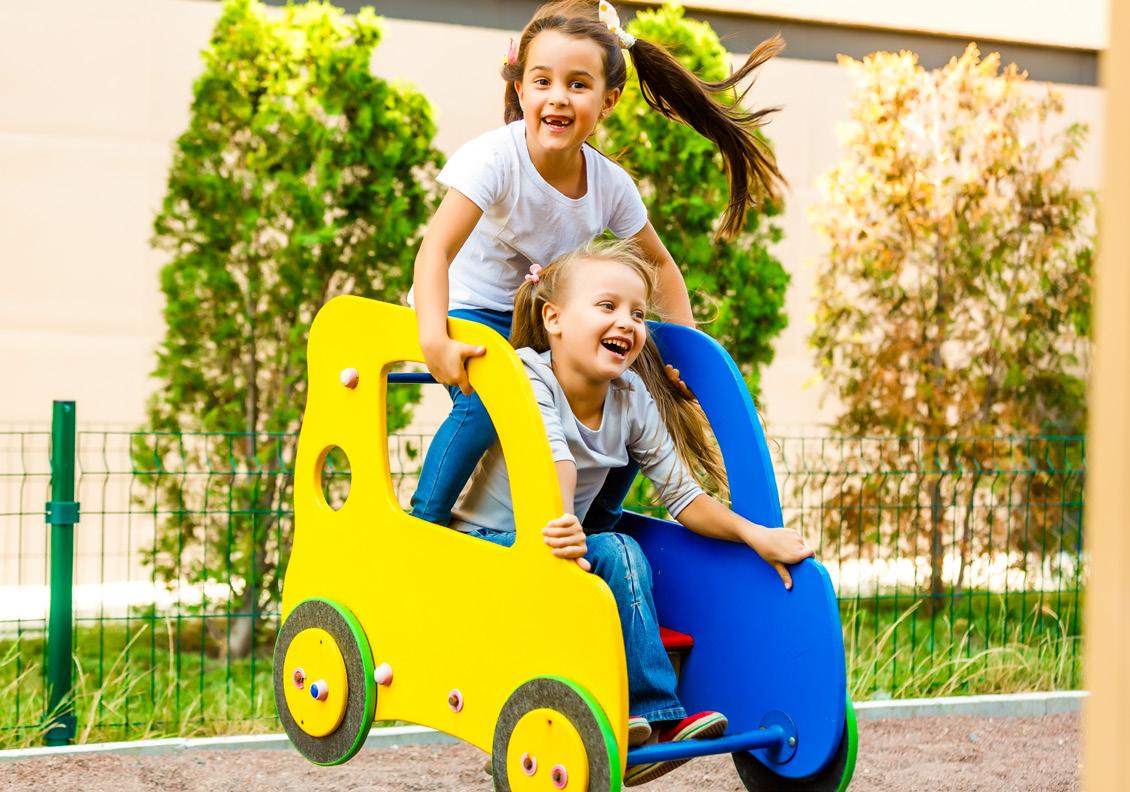

Active Play Club Guidebook





Active Play Club
In collaboration with communities across British Columbia, we empower children to explore active, unstructured play. Our initiative fosters creativity, social connection, and well-being in an inclusive and fun environment.
Learn more on our website.
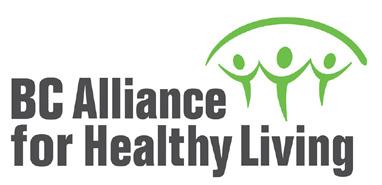
BC Alliance for Healthy Living (BCAHL) is a group of health and wellness organizations. Together, we work towards improving the health of all British Columbians by advocating for and promoting policies and programs that support healthy living to prevent chronic disease. To learn more visit www.bchealthyliving.ca
Table of Contents
Objectives
1. Promoting Health and Activity:
· Increase the physical activity levels of children by providing regular opportunities for active play
· Promotes healthy child development and mental wellness by encouraging children to be creative and let their imaginations run, gain independence, and foster relationships
2. Enhancing Social Development:
· Foster social skills such as cooperation, negotiation, and conflict resolution through group play
· Build resilience by encouraging children to engage in risky play, test their limits and problem solve for themselves
3. Encouraging Creativity:
· Stimulate imagination and creativity through unstructured, child-led play
4. Building Inclusivity:
· Ensure inclusivity by making the program accessible to all children
· Provide program for free to all children, with priority given to those from lower income families
5. Supporting Parents and Caregivers:
• Provide reliable and safe after-school play opportunities
• Engage parents and caregivers through volunteer opportunities
6. Evaluating and Improving the Program:
• Assess the effectiveness of the program through feedback from children, parents, and volunteers
• Adapt and improve the program based on feedback to meet the needs of the community
In a world increasingly filled with structured activities and digital distractions, the importance of unstructured, active play has never been more important�
Welcome to Active Play Club
Hello! We’re excited to help you start an Active Play Club. This club is all about encouraging outdoor, unstructured, active play for children. Here’s what you’ll find in this guide:
What are Active Play Clubs?
Active Play Clubs offer an environment where children can engage in unstructured outdoor play after school. This means they can play the way they want without strict rules, following their natural instincts, ideas, and interests without any predetermined outcomes. Adults play a supportive role, much like a lifeguard – facilitating, watching, and providing help if needed.

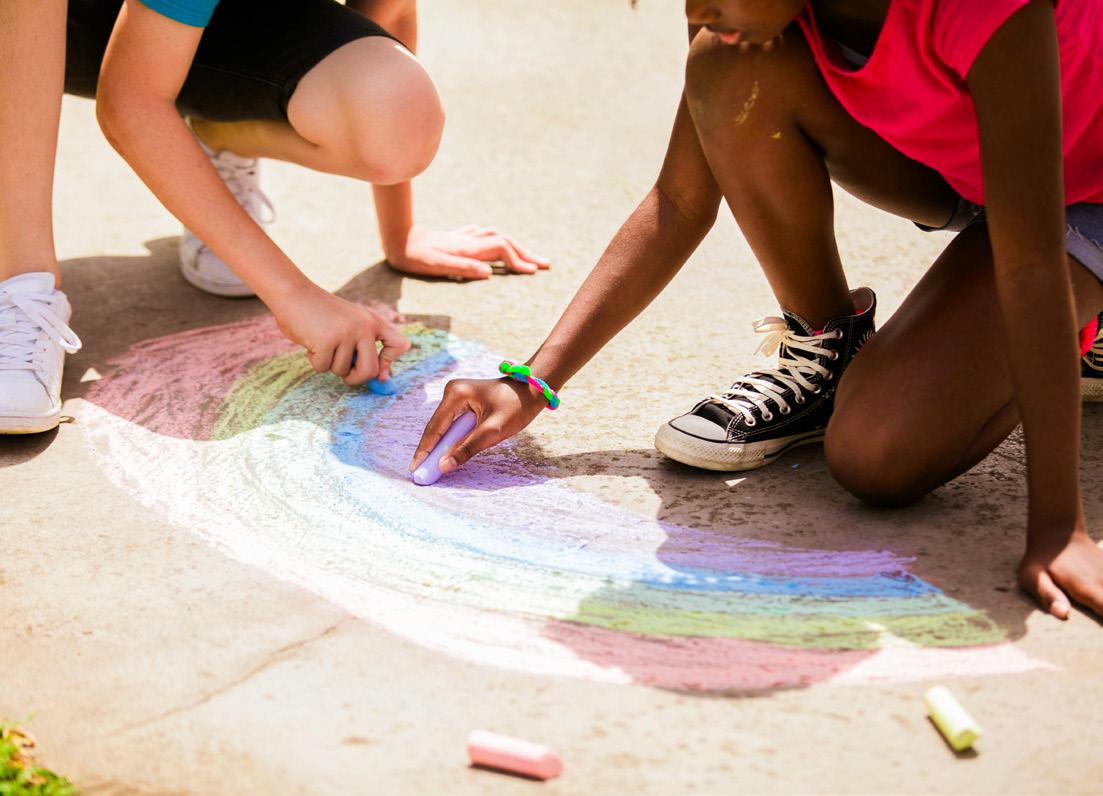

Why unstructured play is great for children:
• Fosters creativity: Children can make up their own fun games
• They make friends: Children learn to play and talk with other children
• Builds social skills: Children learn to negotiate, cooperate, and resolve their own problems
• Enhances resilience and mental well-being: Children learn to deal with challenges and setbacks, boosting their confidence and ability to handle stress, emotions, and understand the importance of social connections
• Promotes physical activity: Playing encourages children to move around and be active
• Reduced screentime: Children may spend less time on their electronic devices, and watching TV

This guide will help you:
• Understand how to setup an Active Play Club
• Learn how to present the Active Play Club to parents, and children
• Train volunteers with the knowledge and tools they need for effective supervision
• Launch your Active Play Club successfully!


“We recommend increasing children’s opportunities for self-directed play outdoors in all settings-at home, at school, in childcare, the community and nature”
- Council of Chief Medical Officers of Health statement on Active Outdoor Play1
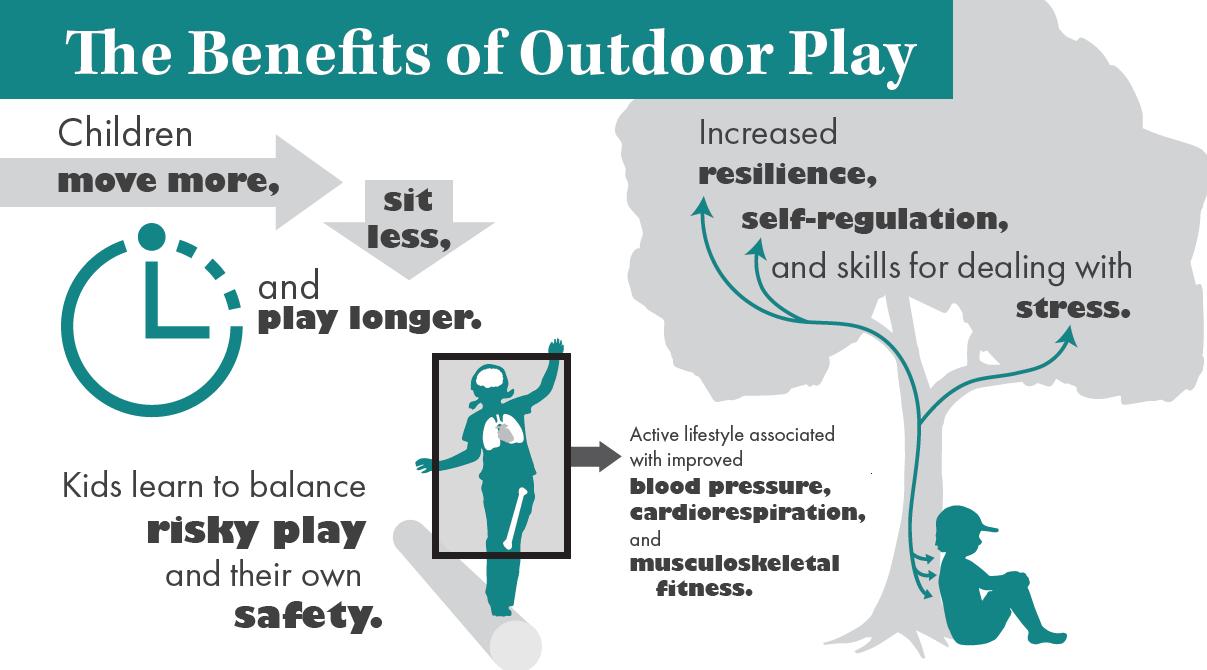
Canadian experts reviewed the evidence and released a Position Statement that access to active play—with its risks—is essential for healthy child development. They recommend increasing children’s opportunities for self-directed outdoor play.
Learn more at Outdoor Play Canada .
This infographic developed by Fuse Consulting Ltd.
Some things to consider when thinking about your Active Play Club
Preparation
The principle of the Active Play Club is simple: open the school play area after school hours and let children play. While the concept is simple, putting it into action effectively does require some planning. Recognizing that every school is unique, we recommend thinking about some key aspects of implementing the Club. However, you are not alone, BC Alliance for Healthy Living (BCAHL) will be available to provide support in setting up and running the Club!
Location
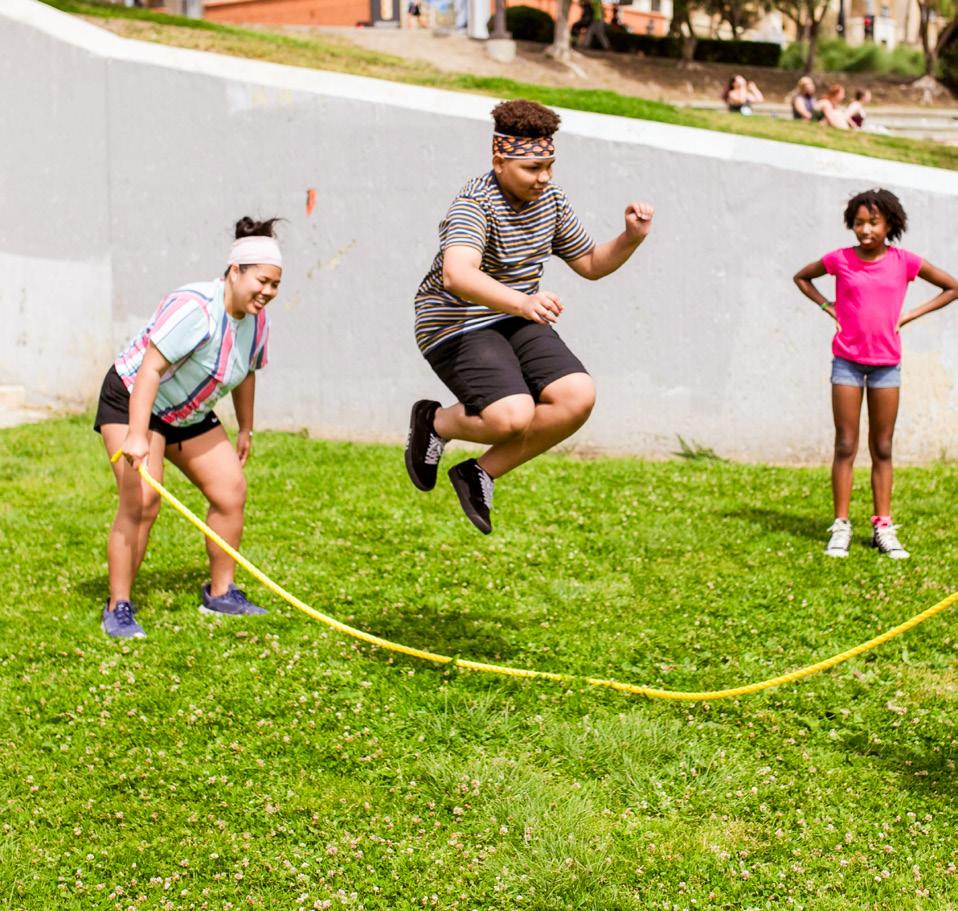
The school’s play areas can be great places to hold the Club. While playground equipment can be used for the Club, including ‘loose parts’ play can be used to inspire creativity. An open space gives children freedom to run, explore, and play various games.
Outdoor settings are ideal for the fresh air and natural environment they can provide, but we know that a backup plan is always handy in case of bad weather. If you’re unable to use school grounds, places such as local parks, and community playgrounds, can be excellent alternatives (but will require a little more to think about when organising).

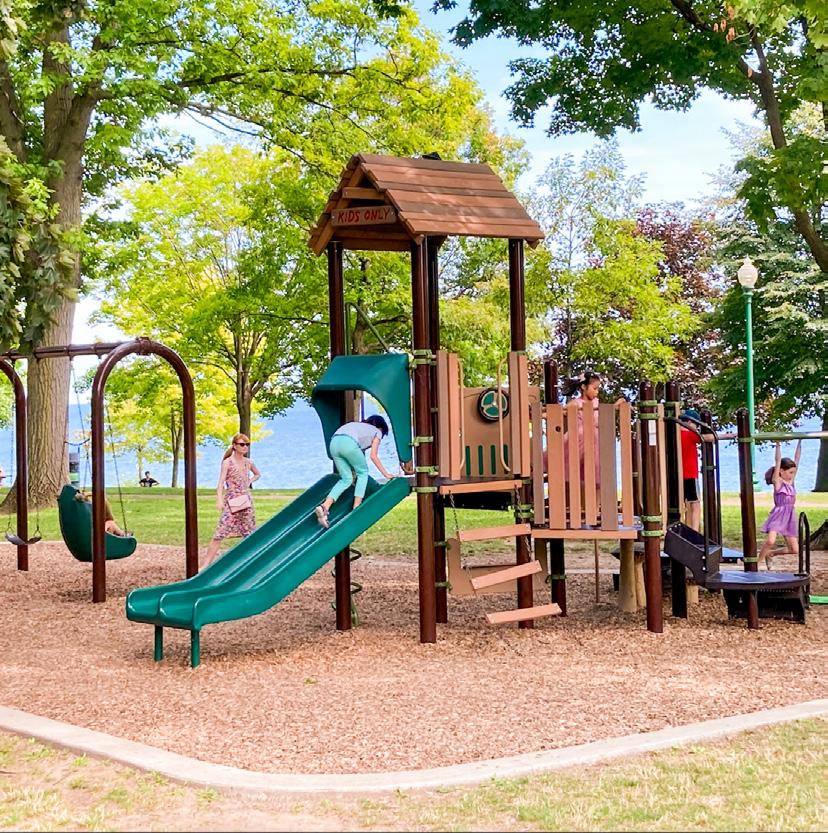
Size
When it comes to the size of groups in the Club, it’s important to remember that this is unstructured play, not like organized sports or structured activities. This means we only need light supervision, which gives the children more freedom to play and explore on their own. As a result, we can include a larger number of children, depending on the number of supervisors available and the space in the location. This will allow children to play, in a safe yet open environment, and interact with other children of different ages.
Schedule
Extending play after school allows children to play and socialize following a day of structured learning. This play time prevents screentime or other sedentary behaviours a child maybe engaging in at home. Club time can be one hour or more depending on what works best for your Club – there is no minimum time, or number of days, and this might vary week to week. Although the more consistent the schedule is, the easier it might be for parents to plan for the Club.
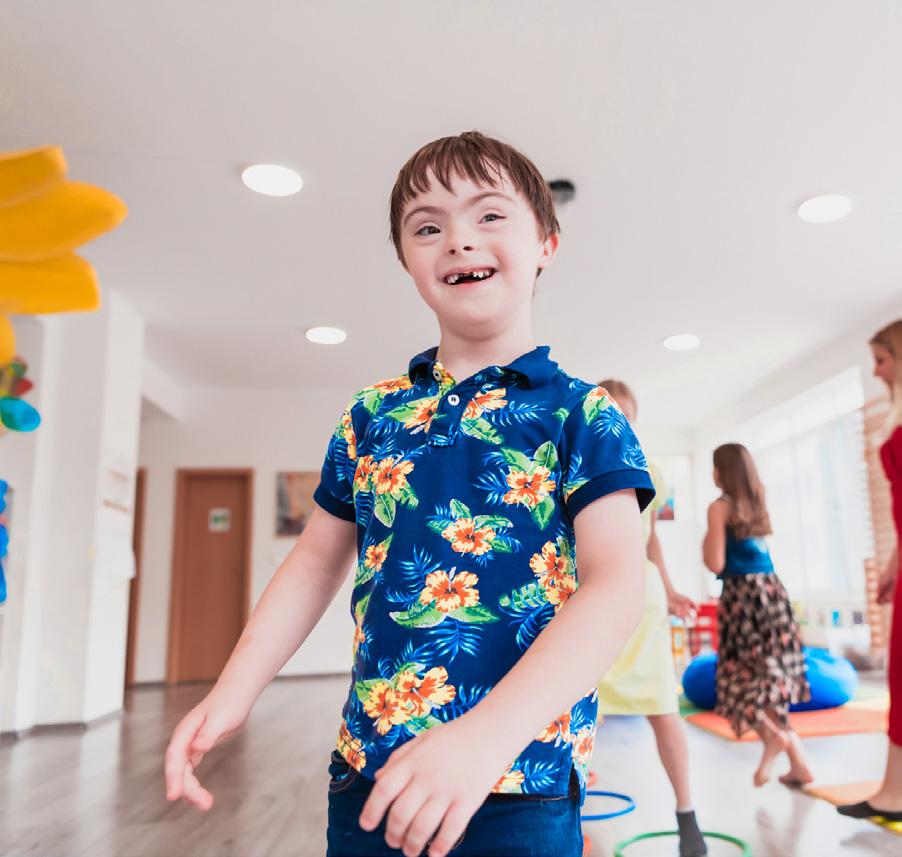

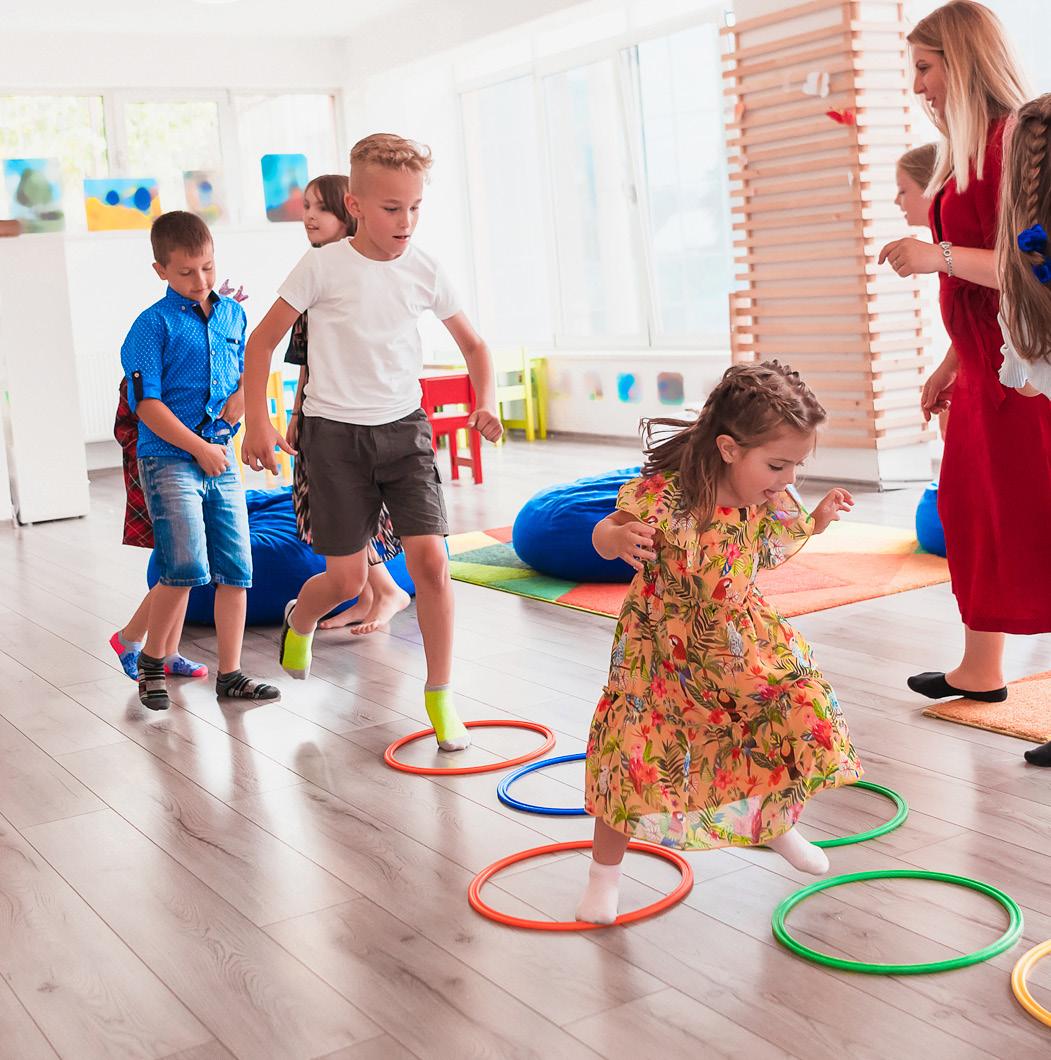
Session structure
Consistency and Flexibility
Schedule: Establish a regular schedule for the sessions (if possible), ensuring children know what to expect. This includes a set start and end time, helping to create a routine that children can rely on.
Welcoming
Initial Gathering: Start each session with a brief gathering. Remind children of any Play Club rules of agreements.
Freedom of Choice
Child-Led Selection: Encourage children to choose what they want to do. Avoid directing them unless they seek guidance or are unable to decide.
Guided and Unguided Play
Unguided Play: Allow children to lead their play without interference. This fosters creativity and selfreliance.
Guided Interaction: In cases where children seem lost or unengaged, gently guide them towards activities or groups. Suggest ideas or introduce games if necessary.
Inclusion and Accessibility
Inclusive Environment: Ensure activities are accessible to all children, regardless of their abilities. Adapt activities to include everyone.
Encouraging Participation: Actively encourage hesitant children to participate. Pair them with peers or introduce them to activities that align with their interests.
Preparation for Departure
Organized Departure: Have a structured plan for pick-up time. Ensure children’s belongings are gathered and that they are ready for their parents or guardians.
Feedback to Parents: If appropriate, provide brief feedback to parents.
Feedback and Improvement
Volunteers can regularly provide feedback about the sessions, including successes and areas for improvement. Be open to modifying activities based on the children’s responses and feedback.
Safety Response
Be familiar with emergency procedures, where the first aid kit is located, evacuation routes and emergency contacts. These will be different for each Play Club, but see the Resources section for further information.


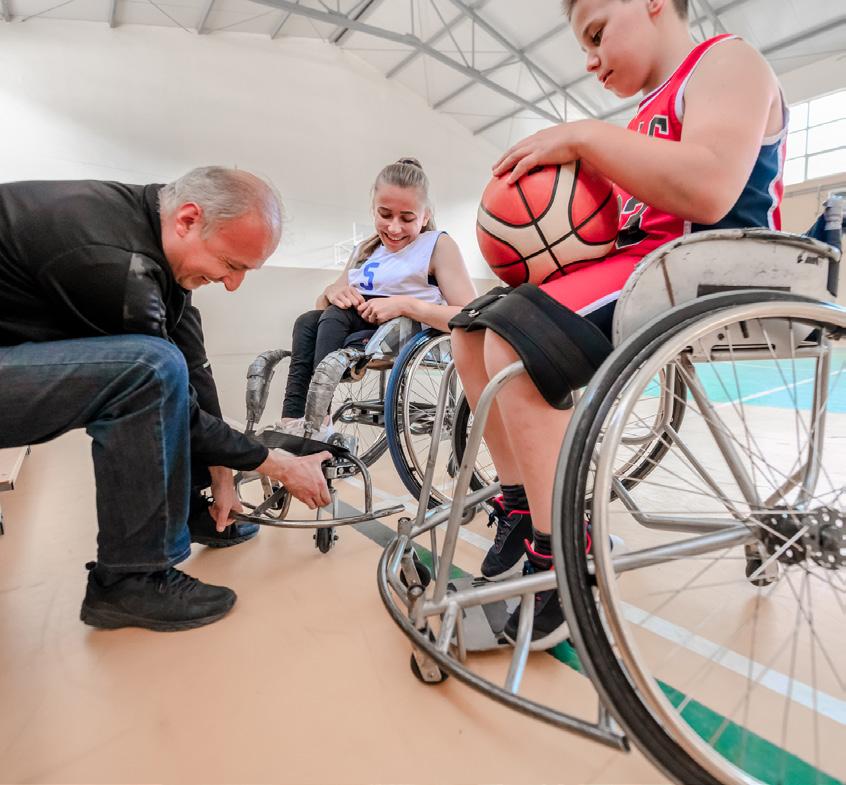
Introducing the Active Play Club
Launching your Active Play Club requires communication with parents, teachers, students, and school administration. The concept of multi-age, unstructured, lightly supervised play might be a shift from what some parents expect so early and clear communication is important.
Introduce the idea behind the Club and advantages of it - fostering mixed-age, unstructured play without direct adult intervention - early in the planning stage. This can be done through school blogs, newsletters, or social media, sharing informative articles, and videos with parents. If you are not already involved with the PAC, then be sure to engage your school’s Parent Advisory Council (PAC) in the planning process to use their insights and connections.
The nature of communication with parents might vary but examples include flyers and home communications could be used to generate interest, highlight benefits, and explain the registration process.
In all cases, it’s important to emphasize the benefits of unstructured, active play, such as fostering independence, creativity, and social skills among children, and how this initiative aligns with those goals. BC Alliance can provide support and resources in this communication strategy.



“Canadian Public Health Association calls upon all parents/caregivers, educators, childcare providers, school boards, public health professionals, the private sector and all levels of governments and Indigenous peoples’ governments to improve access to unstructured, child-led play”
- Canadian Public Health Association Position Statement on Children’s Unstructured Play ²
Getting ready
When selecting volunteers to supervise your Active Play Club, parents or caregivers would be ideal choices, but you could also consider involving your local high school leadership students as volunteers.
A Criminal reference check is mandatory for all volunteers�
BC Alliance for Healthy Living (BCAHL) will be able to support this process for volunteers.
Supervising an Active Play Club shouldn’t be difficult, and it has been described by similar clubs in the US as a kind of lifeguard - someone who watches from a distance. The key is to oversee without interfering (which might be tough to resist at times).



Volunteers are there to handle real emergencies and to stay mostly in the background, letting children lead their own play. This approach allows children to develop independent thinking, social skills, and problem-solving abilities.
On occasion a volunteer might also act like a facilitator, for example:
· Helping children if it seems like it’s necessary to resolve conflicts, or understand the rules of games if they ask for assistance
· Monitoring children to ensure all children are engaged and included
· Encouraging shy or hesitant children to participate
· Gently guiding activities if they become stagnant (although boredom can lead to new imaginative play)
Ensure that all supervisors are briefed on essential safety information, like the location of the first aid kit and emergency protocols and provide them with a FAQ document to understand their role clearly – BCAHL can help by providing support and resources for this.
While children generally don’t need instructions on how to play, it’s might be helpful to explain some basic rules of the Club and emphasize that adults won’t always step in to resolve issues. Children will quickly adapt to negotiating and compromising to keep the play going. Rules can vary between Clubs but we recommend keeping it simple with some example rules for children below”
· Play respectfully - avoid intentionally harming others
· Define the play area and get permission to leave the play area
· Listen to adults, who will only intervene when necessary
“When children are closely supervised outside, they are less active”
- Outdoor Play Canada Position Statement ³
Loose Parts: Encouraging
Creative Play
Loose parts are materials that can be used in more than one way so that children can then experiment and be creative through play.

Creative play items should be readily available. Assigning some children the responsibility of handling these items may boost their self-confidence and cooperation skills. By explaining that taking care of the items is part of the fun of using them, you can help children learn responsibility and take pride in their play.

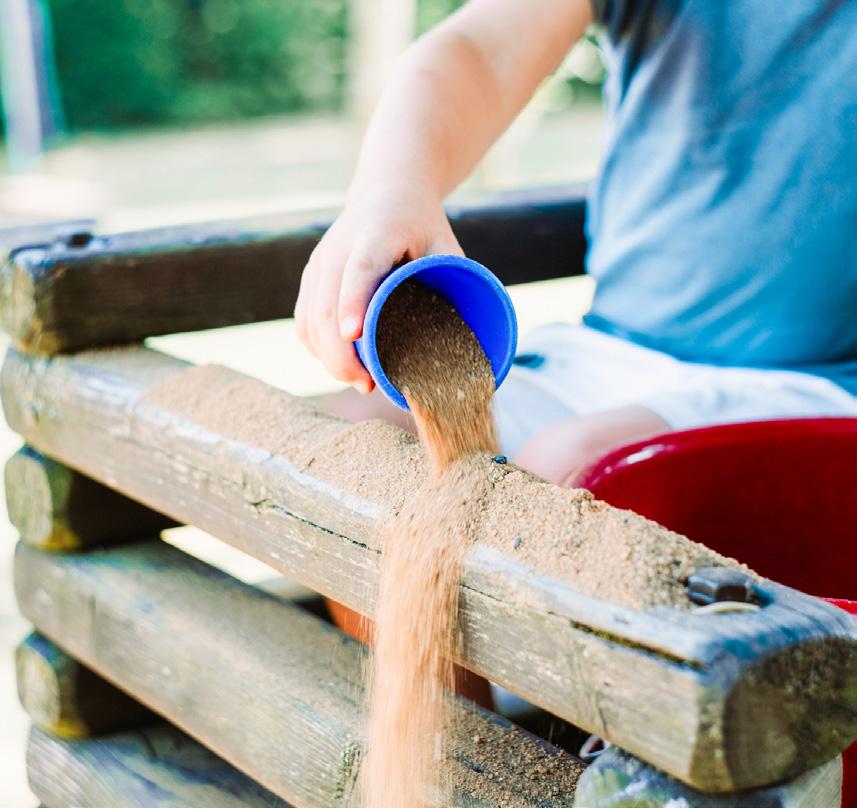
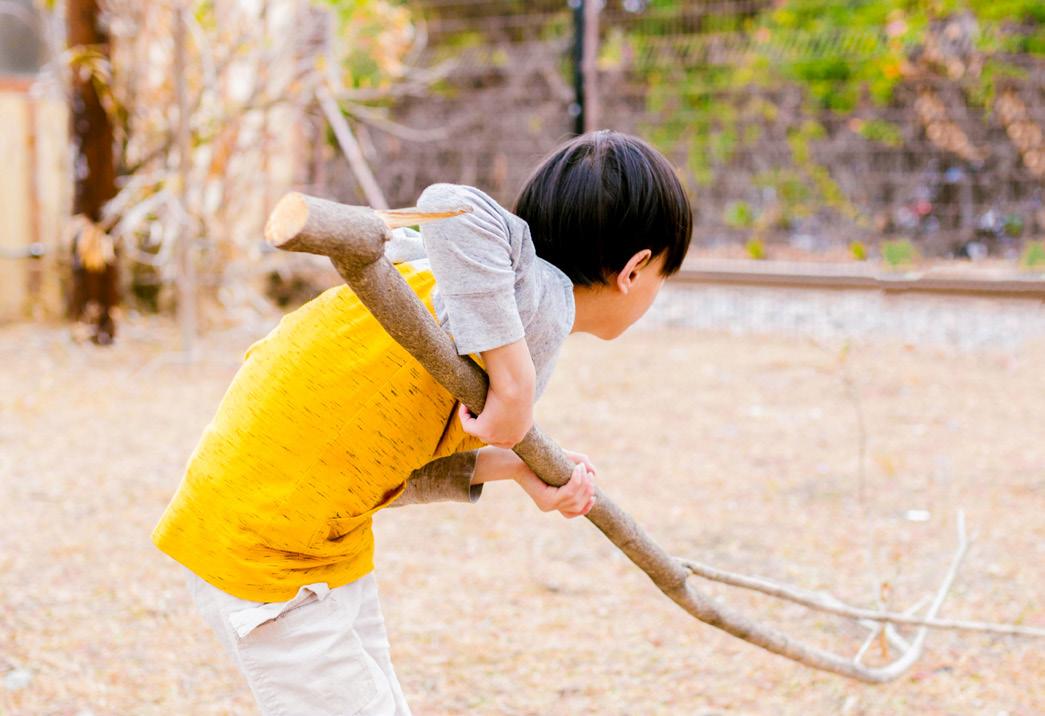
Examples of Loose Parts
· Natural Materials: Items like sticks, leaves, and sand. These materials connect children with nature and inspire limitless creativity.
· Recycled Objects: Cardboard boxes, tubes, fabric scraps, and bottle caps. They are not only environmentally friendly but also stimulate inventive play.
· Construction Materials: Wooden blocks, planks, ropes, and tires. These items are excellent for building and engineering-type activities.
· Playground Items: Balls, hoops, and cones� These are classic elements for physical play and games�
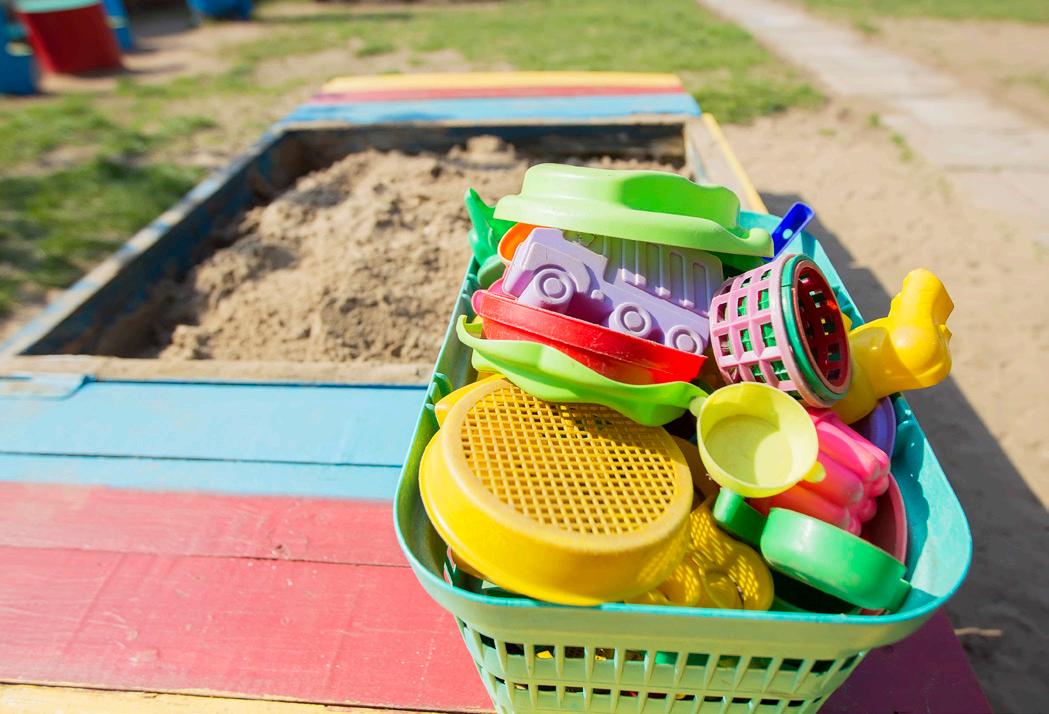
Management of Loose Parts
Student-Led: Children could have responsibility for organizing and taking care of the loose parts.
Storage: Use easy-to-use storage systems like labeled bins or designated areas for different types of materials. This encourages children to take part in clean-up and organization.
Safety: Regularly inspect loose parts for safety. Remove or repair any items that are broken or could cause injury.
Accessibility: Ensure that the materials are easily accessible to all children, regardless of their physical abilities or age.
“Children who play with loose parts are more active and more likely to interact with their peers than they would on playgrounds with fixed equipment”
- Outdoor Play Canada Position Statement ³
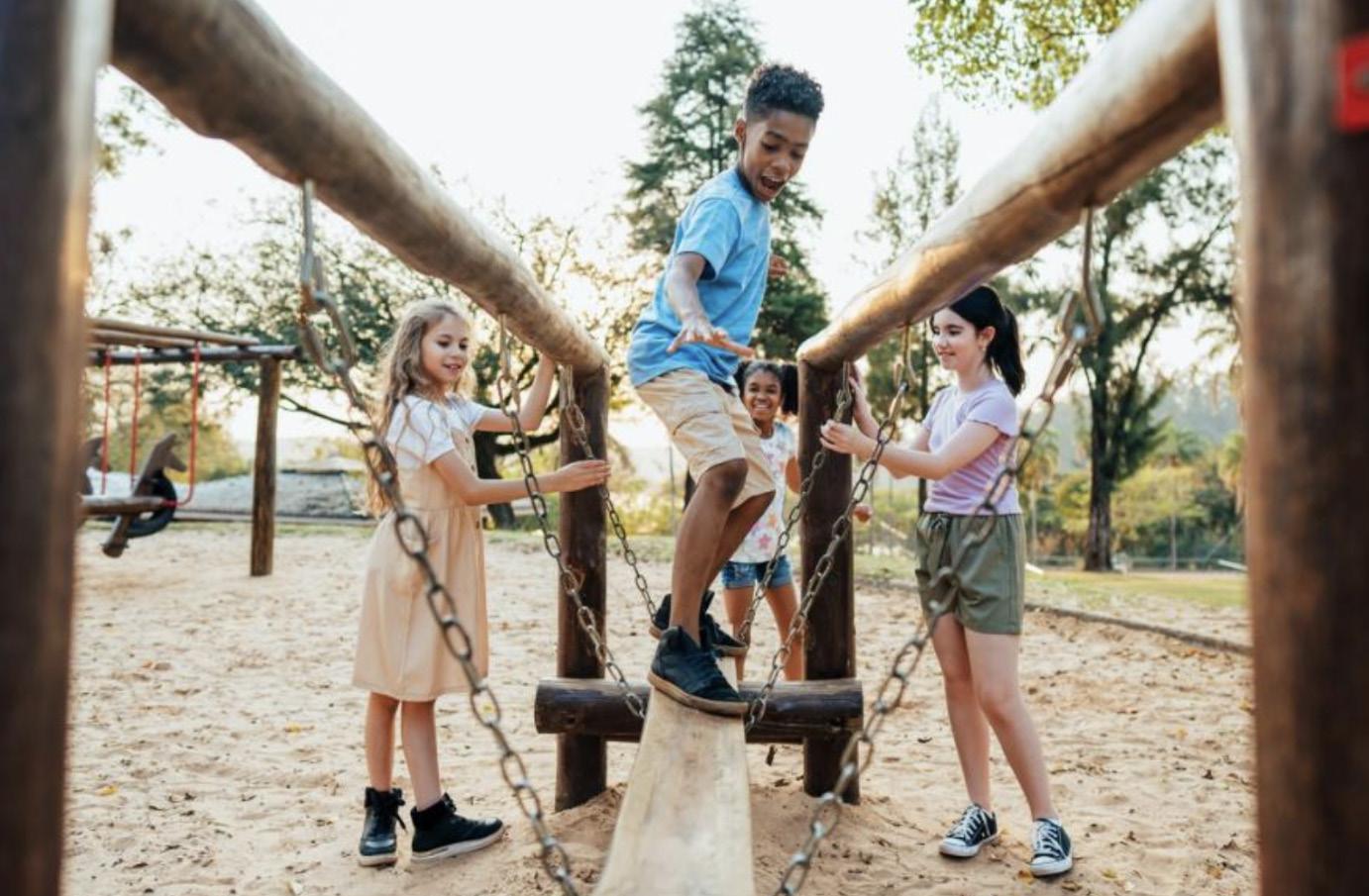
Risk Benefit Analysis
Parents might often see risk as something negative in children’s play. However, it’s important to understand the difference between a risk and a hazard.
A hazard is something dangerous that children might not be able to spot and could seriously hurt them. For example, broken glass with sharp edges on the ground, which makes an area unsafe for play. Risks are part of normal play, like when children play in parks with different heights, speeds, slopes, and types of equipment.
A risk in play is about challenge or uncertainty that children can notice and learn to handle. It helps them set their own boundaries and improve their abilities. For example, a child
choosing to climb a taller tree than they have done before is taking a risk. What counts as adventurous is different for each child and changes as they grow up. Adapted from Recreation
Nova Scotia’s Outdoor Play Resource
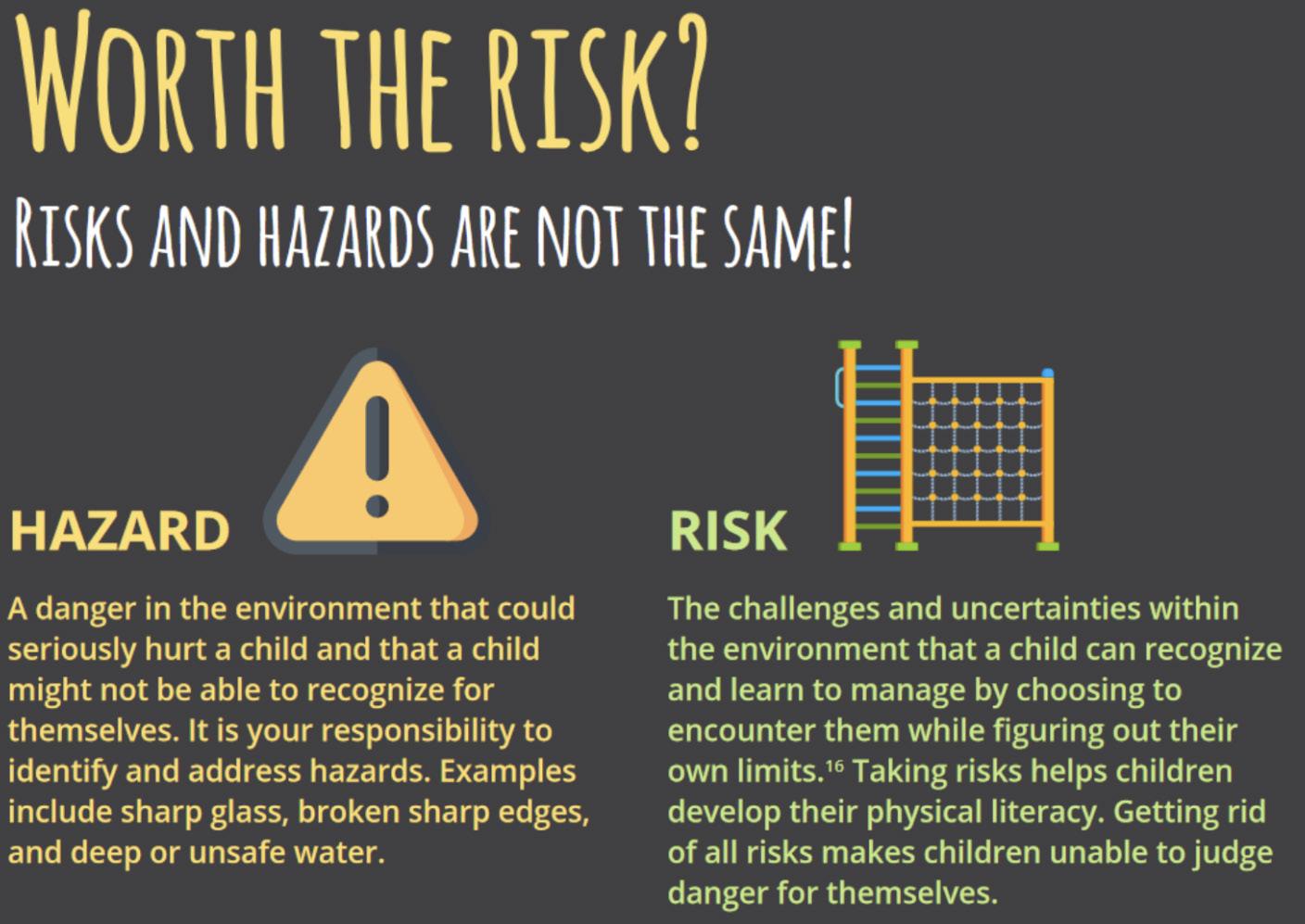
Reframing risk
(adapted from the Canadian Paediatric Society Position Statement)
Protecting children from harm while ensuring they have access to the opportunities and benefits of risky play might feel challenging. Providing children with supportive environments that also invite opportunities for adventurous unstructured play is important for their development.
The way risk is communicated when encouraging children’s engagement in risky play is important. Phrases such as ‘Be careful’, ‘Are you sure this is a good idea?’, ‘Slow down’, and ‘Not too high’ are common. However, these expressions of concern can sometimes be interpreted by children as a lack of trust or belief in their abilities. Even with no real danger, expressions such as these can instill unnecessary fear. Also, these remarks do not to provide practical advice for navigating risks during play. Over time, this can negatively affect a child’s confidence in their skills and decrease active play’s interest.

The 17 Second Rule
Some experts suggest that parents practice pausing for about 17 seconds to observe children’s before intervening. The length of the pause will depend on the individual child, situation, and activity being observed. If there is an intervention, the first focus can be on raising a child’s awareness of a situation or behaviour. Following that, they can assist the child in navigating through any challenges or in developing solutions to problems.
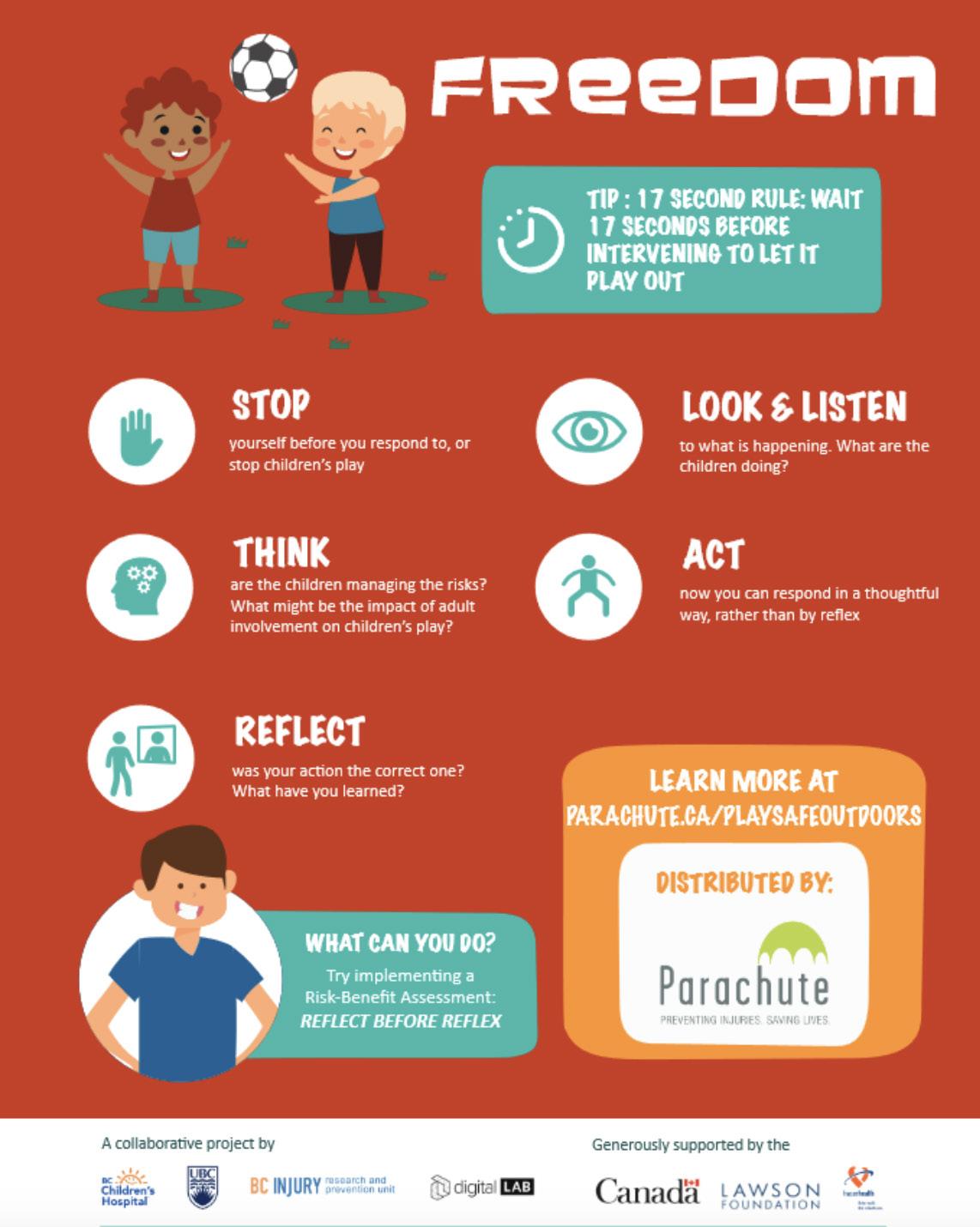
Unstructured play: Perceptions vs Facts

Organisation
It is up to the individual school communities to decide how they want to organize Active Play Club registration, facilitation and communications. For those clubs that are run by community members or parent groups, it may be especially helpful to use an app to organize the Club. These apps help you plan when the Club meets and let you quickly tell parents and volunteers about any updates or changes. This way, running the club becomes less work and more fun. One example of an organising app is TeamSnap�
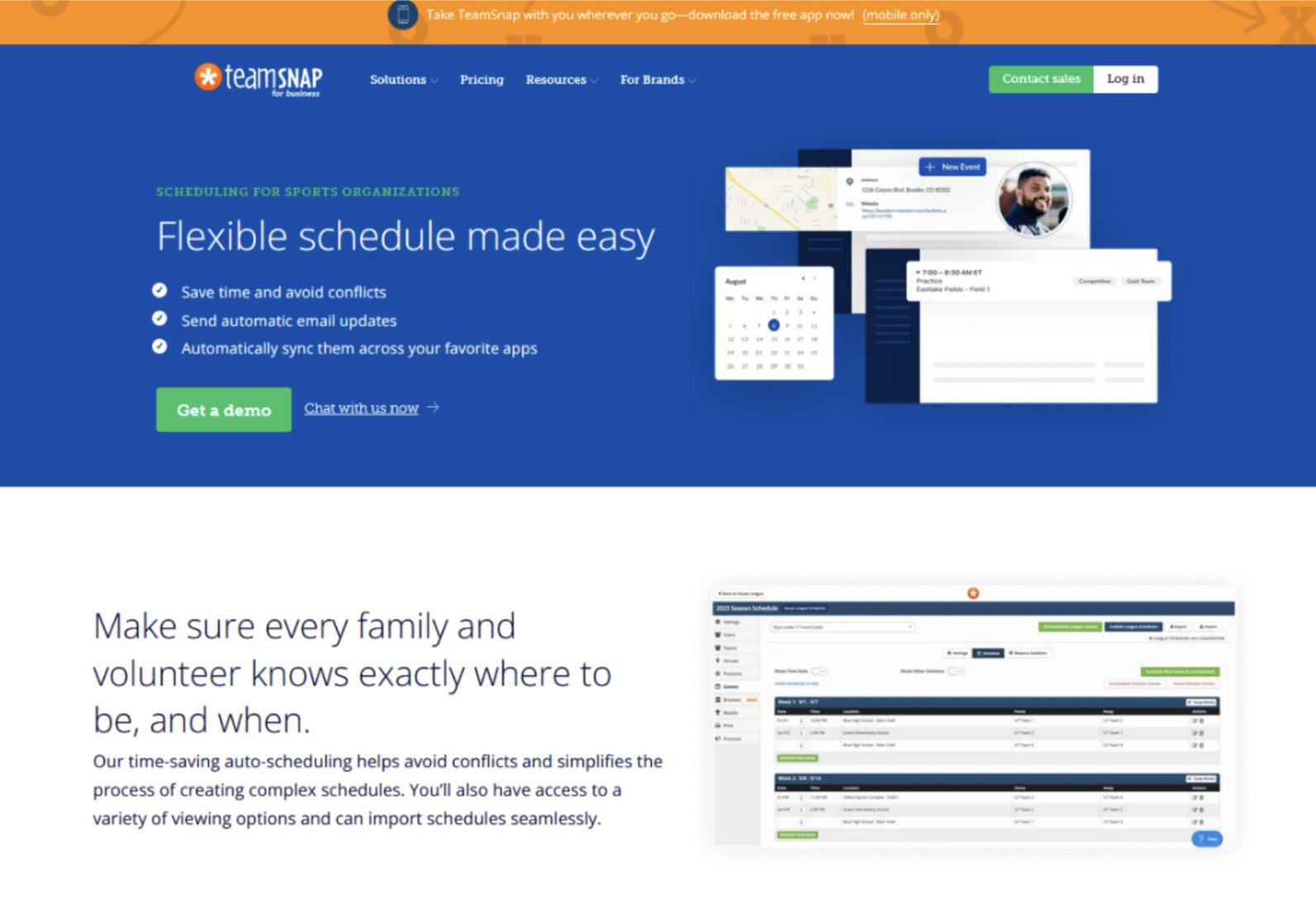
TeamSnap is a user-friendly, platform designed to help organize of activities and can be used for your Active Play Club. You can coordinate schedules, communicate with parents, and handle registrations for the Club. This makes it useful for coordinating Club activities, ensuring everyone stays informed and engaged. The app provides a secure platform where the details of those volunteering at the Club are available to parents.
Additionally, TeamSnap ensures that children’s details, including emergency contact information, are securely stored and accessible, by only those who might need them. There is also the option to upload a photo of participants, which can help volunteers to connect the names and faces and keep track of participating children.
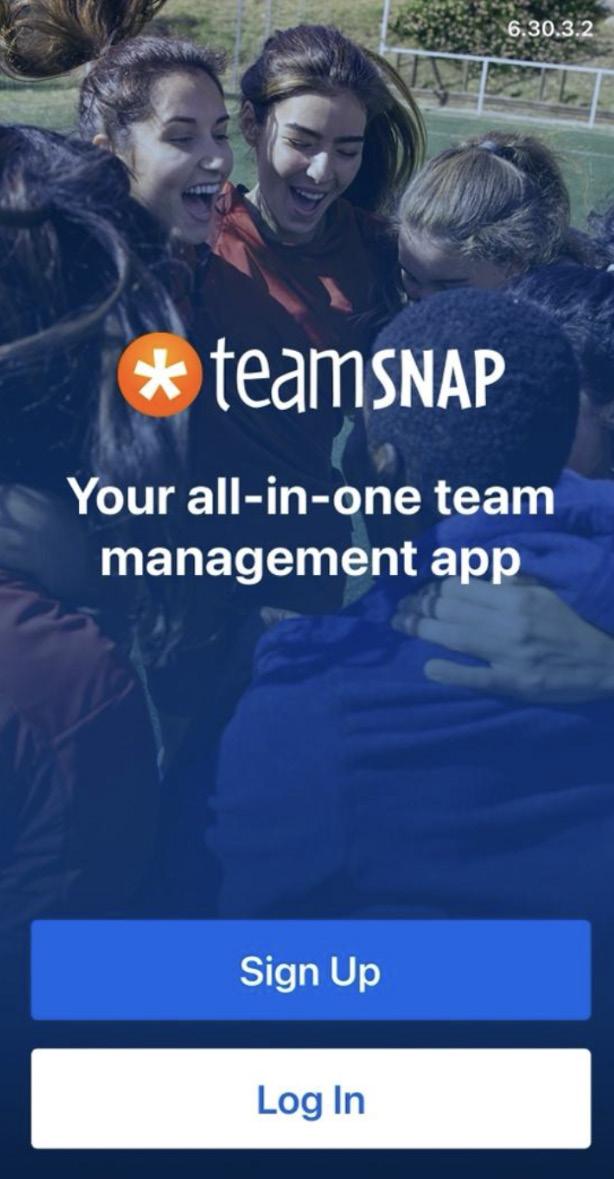
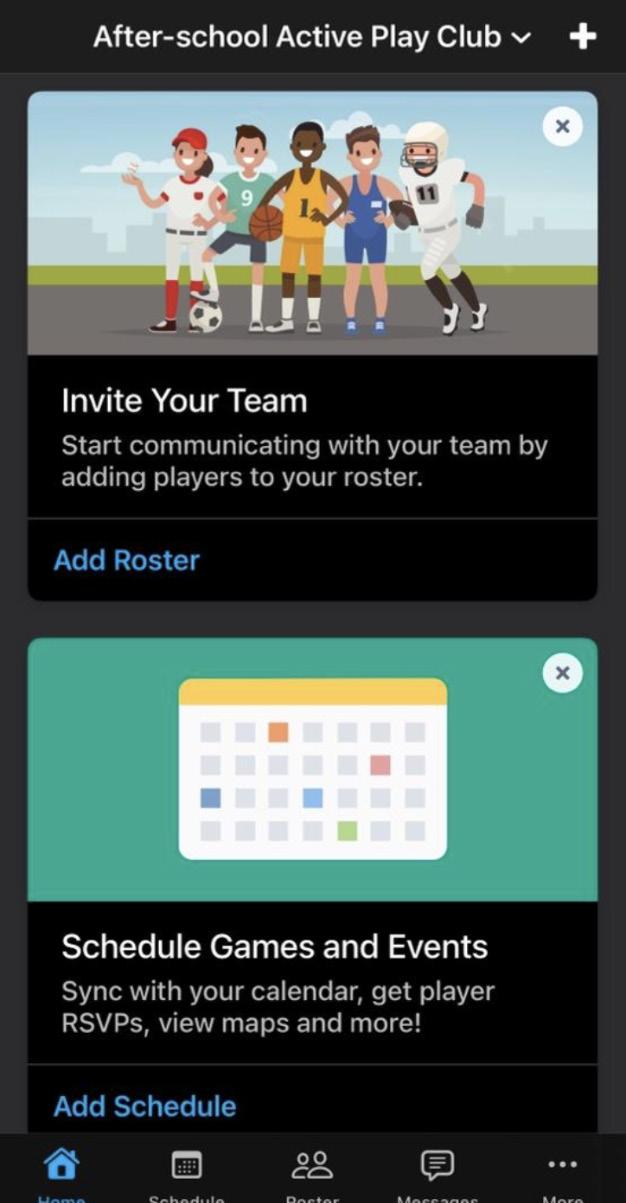
Alternatively, you may prefer to use a different organizing app that your school is already using and that parents are familiar with. Feel free to choose the option that best fits your needs.
BCAHL are available to support setting up your app and help with any troubleshooting when the Club is running.
Frequently asked questions
Registration Process for the Active Play Club
Any registration method you are comfortable using and can maintain the privacy and confidentiality of people’s data is fine to use. BCAHL can help you setup a TeamSnap app or you can use the existing parent portal or other system.
Transportation Logistics
For Club sessions, parents may need to arrange pick-up, or your school could consider providing a late bus for activity participants. If the children live relatively close to the school, you could consider incorporating a walking school bus to end the play club.
Weather Contingency Plans
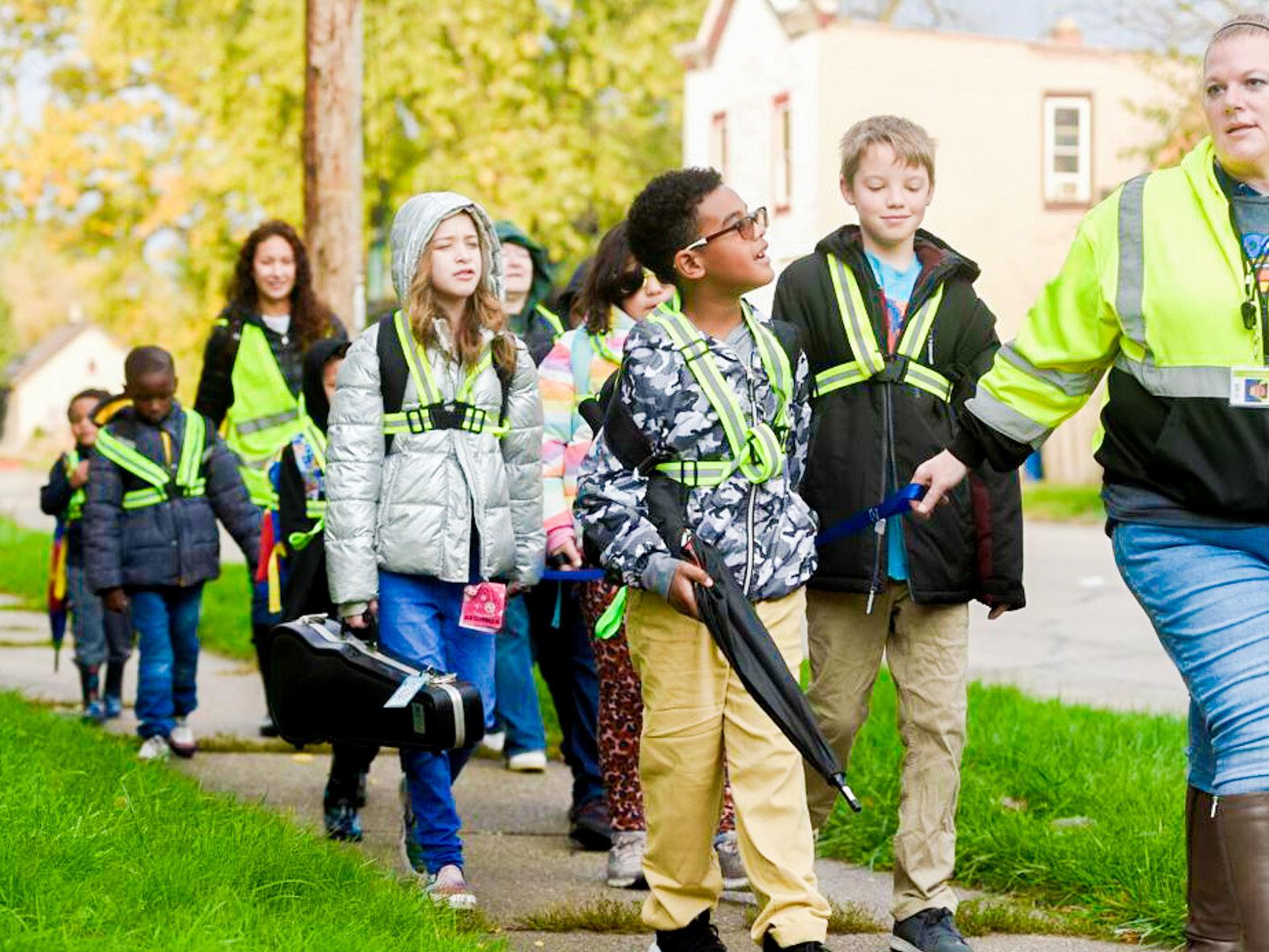
Have a clear policy for bad weather. Ideally, move activities to a covered outdoor area or indoors to spaces like a gym. If an indoor alternative isn’t available, ensure there are clear cancellation policies in place with good communication to families on cancellation days.
Should I walk around monitoring the area?
Instead of patrolling for issues, stay in a visible spot where children can approach you when necessary.


Addressing Behavioral Issues
Addressing behavioural issues in children can be a challenge! The Active Play Club recognises that the Club Leader will need to find strategies that work best for their children, and most schools will already have behavioural policies in place. However, we provided some information and additional resources that are evidence-based and have worked well in other Play Club settings. Please refer to the Resource section for more information.
When behavioural issues or other forms of conflict occur between children, it can be tempting to want to jump in and offer suggestions to rectify problems or consequences for bad behaviour. We encourage you to give space for children to solve their problems, as this provides a learning and growth opportunity for all children involved. The Club Leader should acknowledge the child’s concern but encourage them to find a solution to their problem. This response allows children to gain independence, new problem-solving skills and build resilience.
Consider saying: “Thank you for telling me. How are you going to handle it?”
In instances where a child intentionally harms another child, the child will likely need to take a break from participating in Play Club, either for a few minutes or for the rest of the day. They should be welcome to return in the next session, with the understanding that repeated issues may lead to further action. Consider using the “Kids Agreement” as a reminder of the rules for all children participating in Play Club.
In instances where there is immediate danger or real hazard, please intervene quickly to ensure overall safety.
Informed Consent Form
This form can be used anytime a parent or guardian’s approval for a child’s participation is needed. It should provide detailed information about the program to enable parents or guardians to make a wellinformed decision regarding their child’s engagement. Customize this form to suit each specific program or create a general consent form applicable to all programs.
BONUS! Kids Agreement Form
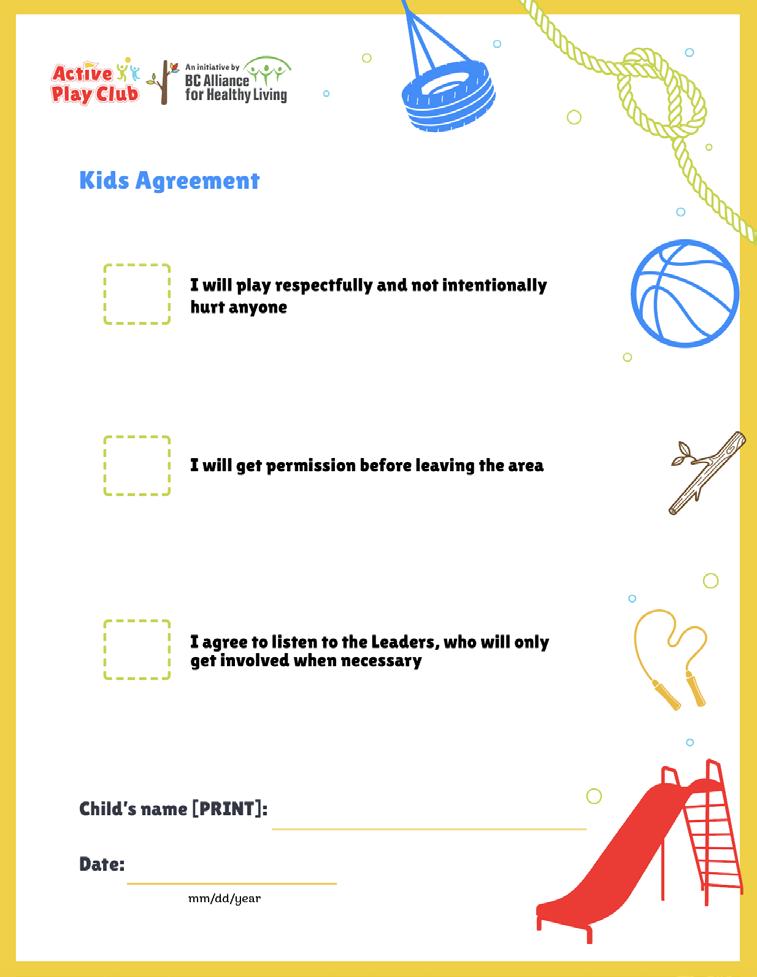
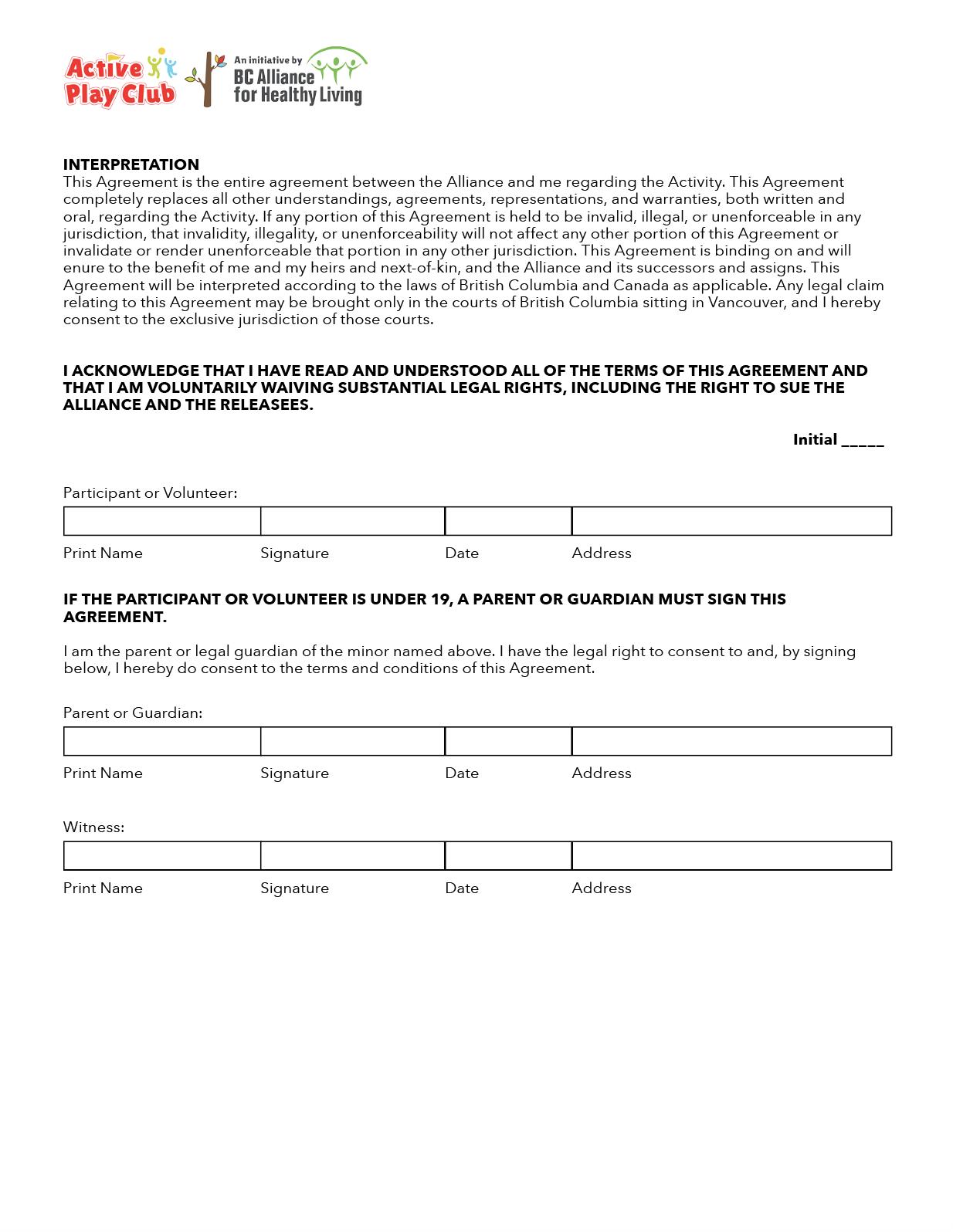


Summary (FOR INFORMATION PURPOSES ONLY): By signing this document, you agree to participate in the activity organized by the Alliance. You understand and accept the risks involved, including the risk of injury or property damage. You confirm that you do not have any medical conditions that increase your risk of injury. You give up your right to sue and promise to not sue the Alliance if you are injured, even if the injury is caused by the carelessness of the Alliance. You agree to cover the Alliance’s legal fees and expenses if the Alliance is sued because of the activity. This agreement replaces all other agreements; if a promise is not in this agreement, it is not binding on the Alliance. This agreement falls under the laws of British Columbia. If the participant is a minor, you agree to the terms of this agreement on their behalf.
RELEASE OF LIABILITY & WAIVER OF CLAIMS
BY SIGNING THIS DOCUMENT, YOU WILL GIVE UP LEGAL RIGHTS, INCLUDING THE RIGHT TO SUE OR CLAIM COMPENSATION
PLEASE READ CAREFULLY!
The individual named below (“ I ” or “me”) wants to participate in the Afterschool Active Play Initiative (the “Activity”) coordinated by BC ALLIANCE FOR HEALTHY LIVING SOCIETY, a British Columbia society (the “Alliance”), at [ADDRESS OF ACTIVITY PREMISES]. In exchange for being allowed by the Alliance to participate in the Activity either as a volunteer, participant, or in any other capacity, I agree to all the terms and conditions in this agreement (this “Agreement ”).
ASSUMPTION OF RISKS
I AM AWARE AND UNDERSTAND THAT THE ACTIVITY INVOLVES MANY RISKS, DANGERS, AND HAZARDS, INCLUDING BUT NOT LIMITED TO THE RISK OF SERIOUS INJURY OR PROPERTY DAMAGE. I ACKNOWLEDGE THAT I AM VOLUNTARILY PARTICIPATING IN THE ACTIVITY. I FREELY ACCEPT AND FULLY ASSUME ANY AND ALL OF THE RISKS, DANGERS, AND HAZARDS INVOLVED AND THE POSSIBILITY OF INJURY OR PROPERTY DAMAGE, WHETHER CAUSED BY THE NEGLIGENCE OF THE ALLIANCE OR OTHERWISE. I understand that “negligence” includes the Alliance failing to take steps to safeguard or protect me from the risks, dangers, and hazards of the Activity.
MEDICAL CONDITION
I CONFIRM THAT I DO NOT HAVE ANY MEDICAL CONDITION(S) WHICH WOULD PREVENT ME FROM PARTICIPATING IN THE ACTIVITY OR INCREASE THE RISK TO ME OF PARTICIPATING IN THE ACTIVITY.
Initial _____
RELEASE OF LIABILITY & WAIVER OF CLAIMS
I HEREBY EXPRESSLY WAIVE AND RELEASE ANY AND ALL CLAIMS which I have or may in the future have against the Alliance, its affiliates, and their respective directors, officers, senior managers, agents, employees, volunteers, representatives, members, shareholders, sponsors, successors, and assigns (collectively, “ Releasees ”), for injury or property damage related to my participation in the Activity, due to any cause, including without limitation the negligence of the Alliance or the Releasees, breach of contract, or breach of any statutory or other duty of care owing under occupiers liability legislation or otherwise. I promise not to sue the Alliance or the Releasees, and forever release and discharge the Alliance and the Releasees from any liability related to the Activity.
Initial _____
INDEMNITY AGREEMENT
I WILL DEFEND, INDEMNIFY, AND HOLD HARMLESS THE ALLIANCE AND ALL OTHER RELEASEES AGAINST ANY AND ALL LOSSES, DAMAGES, LIABILITIES, DEFICIENCIES, CLAIMS, ACTIONS, JUDGMENTS, SETTLEMENTS, INTEREST, AWARDS, PENALTIES, FINES, COSTS, OR EXPENSES OF WHATEVER KIND, INCLUDING REASONABLE LEGAL FEES, IN CONNECTION WITH ANY THIRD-PARTY CLAIM, SUIT, ACTION, OR PROCEEDING ARISING OUT OF OR RESULTING FROM THE ACTIVITY. I understand that “indemnify” includes covering the Alliance’s legal fees and penalties if the Alliance is sued in connection with the Activity.
Initial _____

INTERPRETATION
This Agreement is the entire agreement between the Alliance and me regarding the Activity. This Agreement completely replaces all other understandings, agreements, representations, and warranties, both written and oral, regarding the Activity. If any portion of this Agreement is held to be invalid, illegal, or unenforceable in any jurisdiction, that invalidity, illegality, or unenforceability will not affect any other portion of this Agreement or invalidate or render unenforceable that portion in any other jurisdiction. This Agreement is binding on and will enure to the benefit of me and my heirs and next-of-kin, and the Alliance and its successors and assigns. This Agreement will be interpreted according to the laws of British Columbia and Canada as applicable. Any legal claim relating to this Agreement may be brought only in the courts of British Columbia sitting in Vancouver, and I hereby consent to the exclusive jurisdiction of those courts.
I ACKNOWLEDGE THAT I HAVE READ AND UNDERSTOOD ALL OF THE TERMS OF THIS AGREEMENT AND THAT I AM VOLUNTARILY WAIVING SUBSTANTIAL LEGAL RIGHTS, INCLUDING THE RIGHT TO SUE THE ALLIANCE AND THE RELEASEES.
Participant or Volunteer:
IF THE PARTICIPANT OR VOLUNTEER IS UNDER 19, A PARENT OR GUARDIAN MUST SIGN THIS AGREEMENT.
I am the parent or legal guardian of the minor named above. I have the legal right to consent to and, by signing below, I hereby do consent to the terms and conditions of this Agreement.
or Guardian:

Kids Agreement
I will play respectfully and not intentionally hurt anyone
I will get permission before leaving the area
I agree to listen to the Leaders, who will only get involved when necessary
Child’s name [PRINT]:
Date: mm/dd/year
Criminal Record Checks
A current criminal record check (CRC) is required for all individuals who are involved in Active Play Club and will have contact with the children. This includes the Club Leader and any volunteers.
Some schools and organizations will already have their own criminal record check policies in place and can be utilized for Active Play Club. For those who have already completed a criminal record check, there is an option to share this information with BC Alliance for Healthy Living. It is up to each Play Club to determine if their organization would like to request a “Sharing” CRC, though not a BCAHL requirement for those who have current CRCs.
To request a Sharing Consent to Criminal Record Check, please follow the below steps:
1. Complete the “Sharing- Consent to Criminal Record Check Cover Page” and “Sharing- Consent to Criminal Record Check” form
a. This form can be found in your “Getting Started” email
2. SubmitcompletedformsbyemailtoBCAlliancefor HealthyLivingat kjmackelvie@bchealthyliving.ca
a. Ifsubmittingformorethanoneperson,please submitallPDFsinonefile
If a criminal record check has not yet been completed, BC Alliance for Healthy Living can conduct the criminal record checks. These can be completed online and should only take 5 minutes to complete.
To request a NEW criminal record check online, please follow the below steps
1. Use the online link and access code to submit an online request
a. This information can be found in your “Getting Started” email, but is not to be posted publicly
2. Fill out personal information and submit the request
a. You will not be prompted to pay for this service
Resources
These resources will also be available on our website www�activeplayclub�com
The Case for Outdoor Unstructured Play
Outdoor Play Canada is a national organization that brings together advocates, practitioners, researchers and partner organizations to promote, protect, and preserve access to play in nature and the outdoors for all people living in Canada.
The Canadian Public Health Association’s Children’s Unstructured Play Position Statement
The Canadian Paediatric Society’s Children’s Outdoor Play Position Statement
Outdoor Play Canada’s Position Statement
Can parents give their children too much attention?
Can A Child’s Adventurous Play Keep Anxiety At Bay?
The decline of unstructured play
Resources from “Let Grow”, a similar model of Active Play Club
How to Handle a Jerk (Kid Version)
A Boy Fell, An Adult Hurried Over. Too Bad
Case: Students are anxious, arguing and picking fights. Solution? Get them to play together/ solve their own problems
Videos
Why & How to Encourage Adventurous Play by University of Wisconsin Extension
3 key ingredients for supporting children’s outdoor play by Dr Mariana Brussoni
Risky play myths vs facts
Podcast
Risky Play - An Interview with Dr. Mariana Brussoni
TeamSnap App
TeamSnap
Setting up Teams
Parent Setup Guide
First Aid Free Resources
How to Treat Cuts and Grazes
How to Treat Nosebleeds
Child CPR Lay Rescuer
First Aid Paid Training
Emergency First Aid
Other Free and Low-Cost Training
Responsible Adult Course
Diversity, Equity and Inclusion Toolkit
*** Two additional training videos will be provided to help Club Leaders address behavioural issues� Please see your “Getting Started” email for details on how to access�
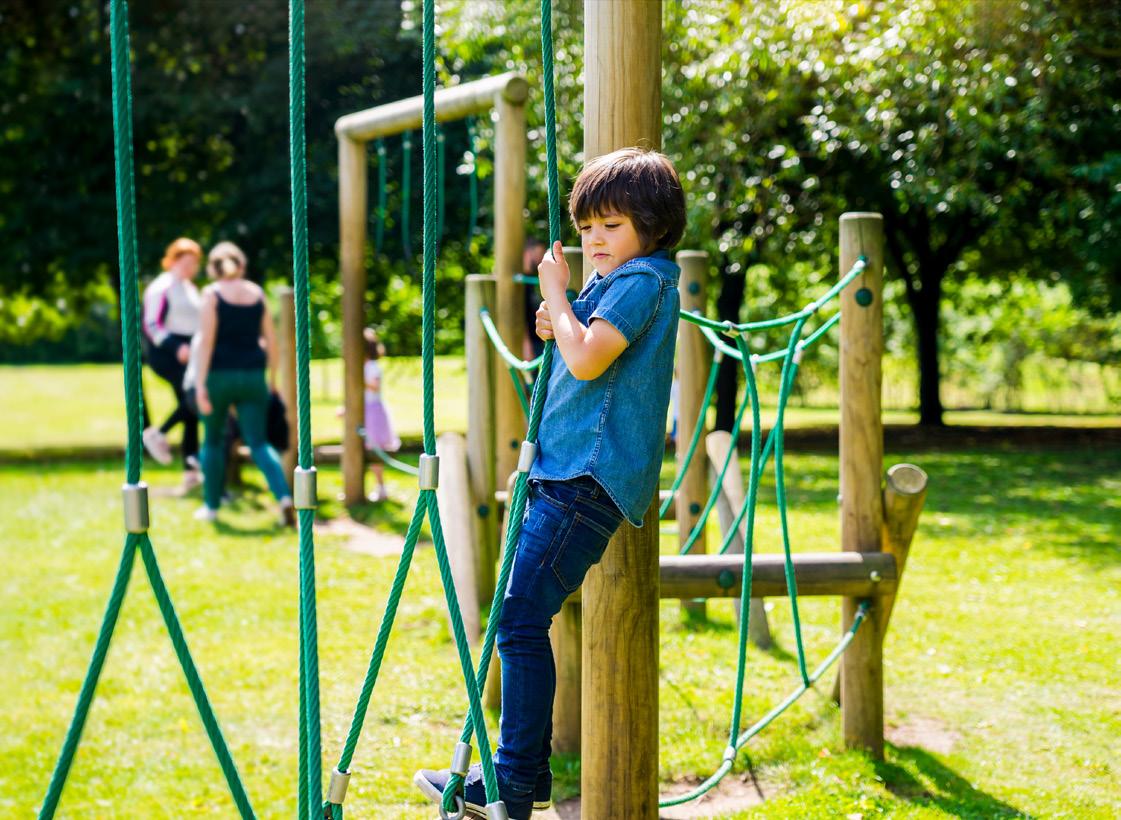
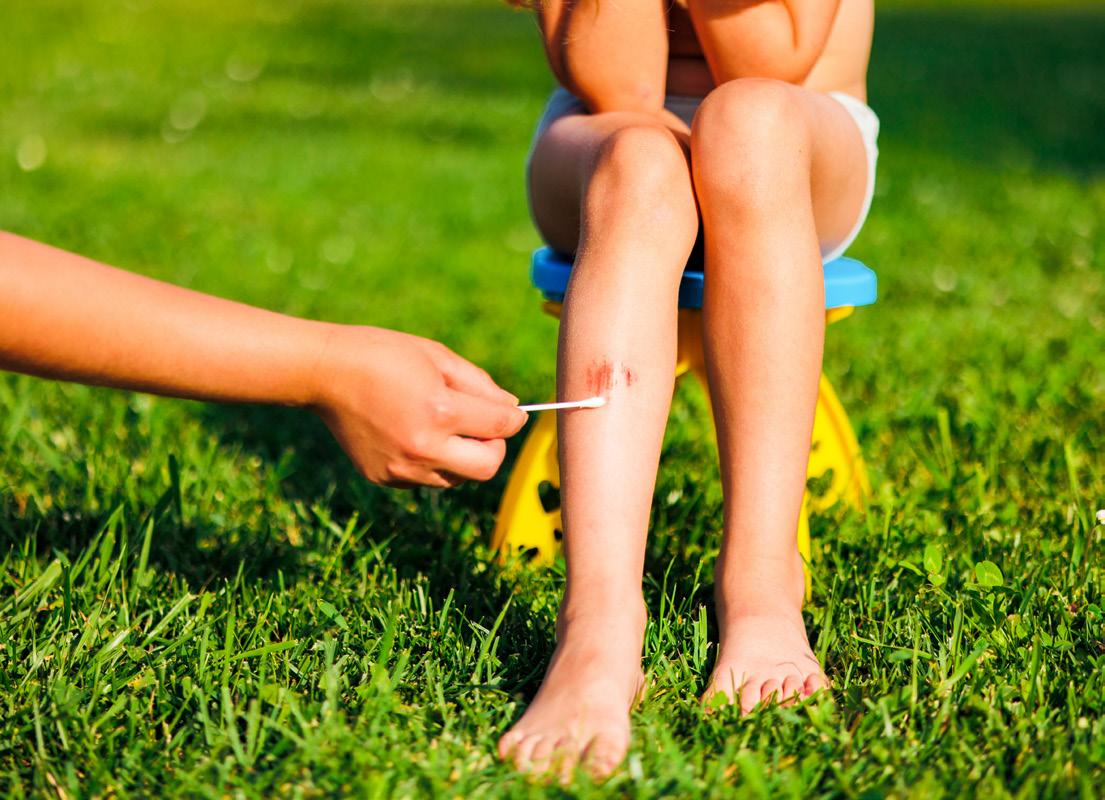

Or reach out directly to:
Kerry MacKelvie, Manager of Physical Activity Programs
Email: kjmackelvie@bchealthyliving.ca


